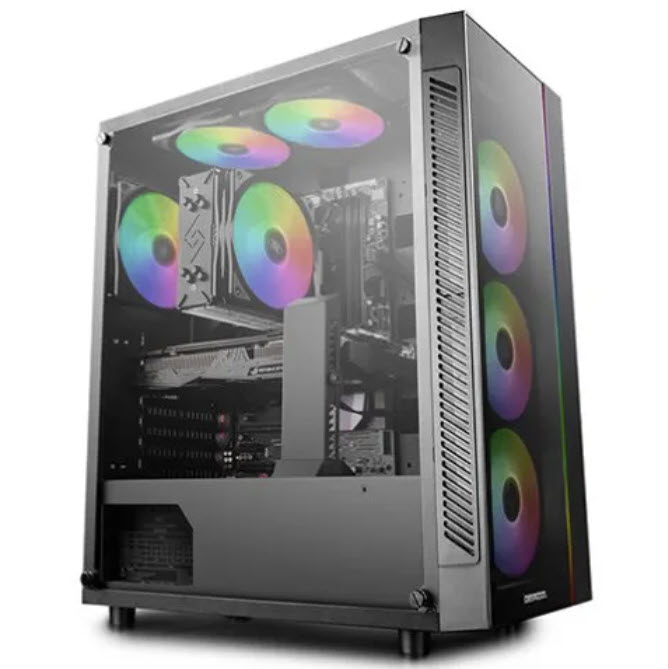I’ve had conversations with photographer friends from time to time about the strategies they use to back up their files. In those conversations, we discuss camera cards, computers, hard drives and both connected and remote offsite storage. More on that in a bit.

But as we all know, computers are not the only way we capture our photographs now. In this age of mobile devices, many of us take pictures on our cellphones equally often and keep all of those images on our cellphones only. I discovered this when talking to customers in the camera store who come in looking to print their cellphone images for friends and family. Many don’t have data plans, so backup of these images is not generally something they consider and they are genuinely surprised when I casually ask.
Some cellphone operators provide an unlimited pseudo-storage service where a thumbnail sized version of the original image on the phone is always accessible in the cloud. These take up virtually no space but also can’t be downloaded and printed to share or put up on a wall. Great for social media only. If the phone dies or is somehow corrupted, the original images are gone forever.

To complicate this further, many of us now include video in our collections, again on the phone or through any of many other recording devices. Video has become a major element in my media collection now so it too requires some type of backup solution.
Over the course of the last couple of years, I’ve considered all of the sources of my media and have come up with options that I feel comfortable with. Likely overkill for most, but might be worth a read…
We serious hobbyist photographers, using “real” cameras, need somewhere serious to store our images. Even here, I have friends who only use the data cards from the camera to store images and simply buy a new card when the previous one is full. Mouth open, I nod politely.

Being the risk averse person I am, and also the technology geek I am, I have settled on a combined solution that takes advantage of both local and cloud storage.
Well, you’ve heard that from me before. I did a piece in 2018 about different storage options available for your collections. In 2019, I covered backup while travelling (which I will refresh shortly with some new insights). It’s a never-ending game really, finding something reliable that is easy to use and manage. And as technology evolves, so do your solutions.
Where am I now? In a nutshell, I have both local and cloud backup in play. Let me explain.

Many cloud services provide a 1 TB storage option for a really reasonable fee, to get you in the door. But with today’s high megapixel images, that gets eaten up very quickly. But adding more storage often costs more proportionally than the original purchase. So instead, I’ve spread my holdings over 3 services: I use Dropbox for the final versions of any images created for me by me to be used in any public way (website, social media, print sales, photo club, contests, etc.), I use OneDrive for the final versions of any images created by me for clients, and I use Apple’s iCloud Drive for any full resolution images I want to retain from my cellphone. In all three cases, the images are culled and processed, then output to a final format and stored in the cloud.

What about work in progress or files just created? These are saved in 2 local places. First is on my main processing computer, which is a Windows 11 tower. This computer is configured to manage these files, and I have a workflow that works wonderfully for me to move them efficiently from intake to output. If only I could find the time to do more of that…
As files are added to the Windows tower, they are also automatically backed up to a Network Attached Storage (NAS) box with 6-8TB hard drives in a RAID 5 configuration that creates redundancy. Don’t worry if you don’t know what that means. It simply means that I can recover from hard disk failures without losing files. But the NAS does require monthly administrative access, updates, and cleanup to keep things healthy. This monthly step takes about 10-15 minutes. This NAS protects all of my original RAW files in case I get sloppy and mismanage them on my Windows tower. Not that that has ever happened…

Many artists cull their media and only keep “keepers”. Right now, I keep everything, with the intent of going back to older images when I know more or have better ideas for how to finish them. There’s that time thing again…
But the important point is that my media “dispersal” happens almost seamlessly, without much effort from me, to ensure I have both backed up original RAW images and video footage, with finalized images and videos stored in the cloud. A few keypresses along the way and it all happens smooth as butter.

The one thing I will say is that setting all this up was not easy. It did require a bit of a plan, along with questions to myself to truly understand how much risk I wanted to take. I do want to retain my work and maybe someday make it available to others (to family, friends, to those many, many admirers i have around the world of course). And at this stage of my life, I don’t want to have boxes in a closet, random folders on a hard drive or portfolio books of prints in a drawer. I want to make it easy to access and explore in the future, strange as that sounds, in case I’m not able to do it myself. Funny how that creeps into the picture at this age now.
So what’s my overall message: shoot away, but don’t forget to think about what you will do with all of that wonderful work afterward. If you would be sad (i.e. devastated) if it’s lost, take a bit of time to help make sure that doesn’t happen. You will be glad you did, if not right then at that moment, someday…

Hi Nina. Great article!
When PC’s were coming into there own awhile ago now, someone observed that now you’re running your own data centre and have to think about all the things involved (redundancy, backup, data management etc etc). It’s easier now than back then but you still need to think about all those things, as you well describe.
Here at our ‘data centre’ we have two PC’s operational. Images are stored and edited on a NAS device (Synology) which uploads any new content overnight to the cloud (OneDrive). This provides offsite backup, no dependence on the local hard-drive and ability to share (links to the cloud site).
Thanks for the article!
LikeLiked by 1 person
Thanks, John. Sounds like you have a great solution. I’m not feeding content to the Cloud automatically – will have to look at that option as I’m sure my NAS will do it as well – saving even more time.
LikeLiked by 1 person
Good morning Nina, I fall into the category of overkill as far as back up is concerned, but my images do not leave my computer or back up devices. I recently acquired an iPhone (son-in-law purchased a fancy new one, I got his old one), which I use for photography when not carrying kit. The images on the iPhone get downloaded and saved on the day of capture, I treat these images the same as ones captured by camera.
I applaud your efforts to safeguard your images and wish you many, many more years of creativity and production.
Stay Safe! Judi Gottfried
LikeLiked by 1 person
Thanks, Judi. Same to you. There are many workable solutions for backup and it’s great that you’ve landed on the combination that works for you.
LikeLiked by 1 person
I hope this helps many people. How sad it would be to loose everything. As an extra layer, we keep everything on an external drive and store it at my son’s, except the current year, which we back up to the cloud. No one will keep me from all my memories!!
LikeLike
That sounds like a great solution, Donna. A little bit of effort to manage with a lot of benefit.
LikeLiked by 1 person